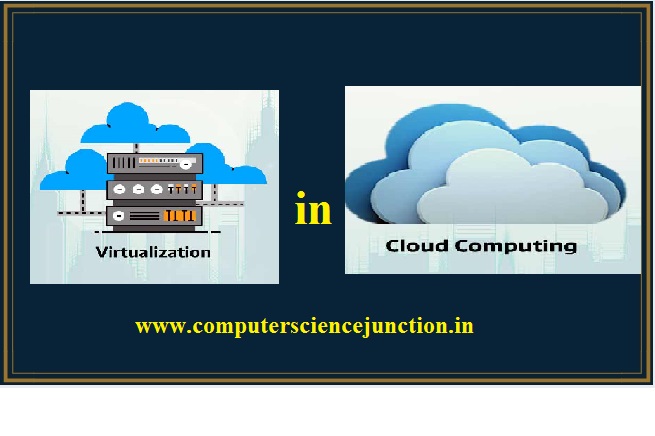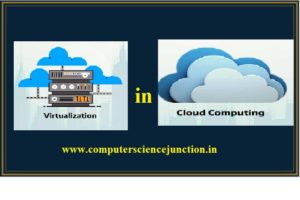Table of Contents
Virtualization in Cloud Computing
What is Virtualization ?
Virtualization in Cloud Computing Benefits
- Virtualization improve the flexibility and increase the scalability. It also enhance the performance of the resources and also increase their availability
- Virtualization minimize the operating cost.
- Increase the IT productivity and efficiency.
- Virtualization simplify the data management process
- It helps in data recovery in case of data lost due to disaster.
Types of Virtualization
(1) Hardware Virtualization
When Virtual machine is directly installed on the hardware of the system then hardware system is known as hardware virtualization. Main task of hardware virtualization is to control and monitor the processor ,memory and other hardware resources.
(2) Operating System Virtualization
When virtual machine software is installed on the host operating system instead of the hardware then this is known as operating system virtualization. Operating system virtualization is mainly used for testing a application on different platform of an operating system.
(3) Server Virtualization
When the server machine software is directly installed on the server then this is known as server virtualization. Server virtualization is needed because in order to balance the load in the server virtualization a single server is divided into multiple server.
(4) Storage Virtualization
Storage virtualization is a technique that makes the group of the physical storage from multiple network storage devices so that it looks like a single storage device. It is implemented using software application. Storage virtualization is mainly done for back up and recovery purpose.
Difference between Virtualization and Cloud Computing
Conclusion and Summary
I kindly request to readers please give your feedback and suggestion. If you find any mistake in this tutorial then comment.
Don’t stop learning and practice.
All the Best !!




